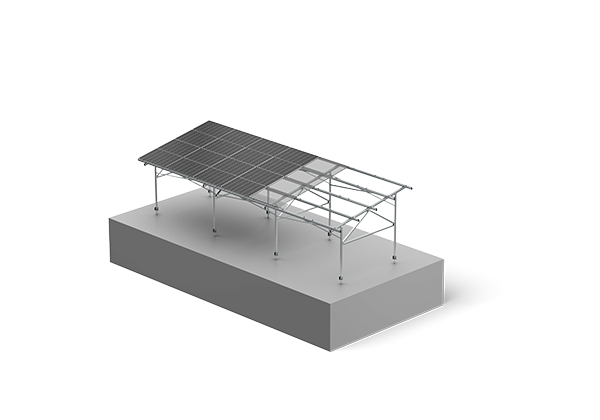The integration of agrivoltaic panels mount into agricultural practices presents opportunities and challenges. Understanding the regulatory landscape is crucial for successful implementation, particularly in zoning and permitting considerations.
Summary of Zoning and Permitting for Agrivoltaic Panel Mounts
Zoning regulations play a vital role in the installation of agrivoltaic panels mount. These regulations dictate where agrivoltaic systems can be placed, often categorizing land into agricultural, residential, commercial, or industrial zones. Stakeholders need to review local zoning laws to ensure compliance, as non-adherence can lead to fines or project delays. Engaging with local authorities early can facilitate a smoother permitting process for agrivoltaic panel mounts. The permitting process for agrivoltaic panel mounts varies by region and can involve multiple steps. Typically, project developers must submit detailed plans outlining the installation’s impact on the environment, land use, and community. This may include assessments of potential effects on wildlife and water resources. Understanding these requirements is critical; failure to obtain the necessary permits can halt projects and incur additional costs.
Environmental Considerations
Regulatory compliance for agrivoltaic panel mounts also includes environmental assessments. These assessments evaluate potential impacts on local ecosystems and agricultural practices. Developers must ensure that their agrivoltaic systems do not negatively affect soil health or water usage. Compliance with environmental regulations not only fosters sustainable practices but also enhances community relations and project acceptance.
Conclusion
In conclusion, navigating the complexities of regulatory compliance for agrivoltaic panel mounts requires diligence and foresight. By understanding zoning and permitting requirements and addressing environmental concerns, developers can effectively implement agrivoltaic systems. Companies like Antaisolar offer flexible and adaptable agrivoltaic mounting solutions that align with these regulatory considerations.


